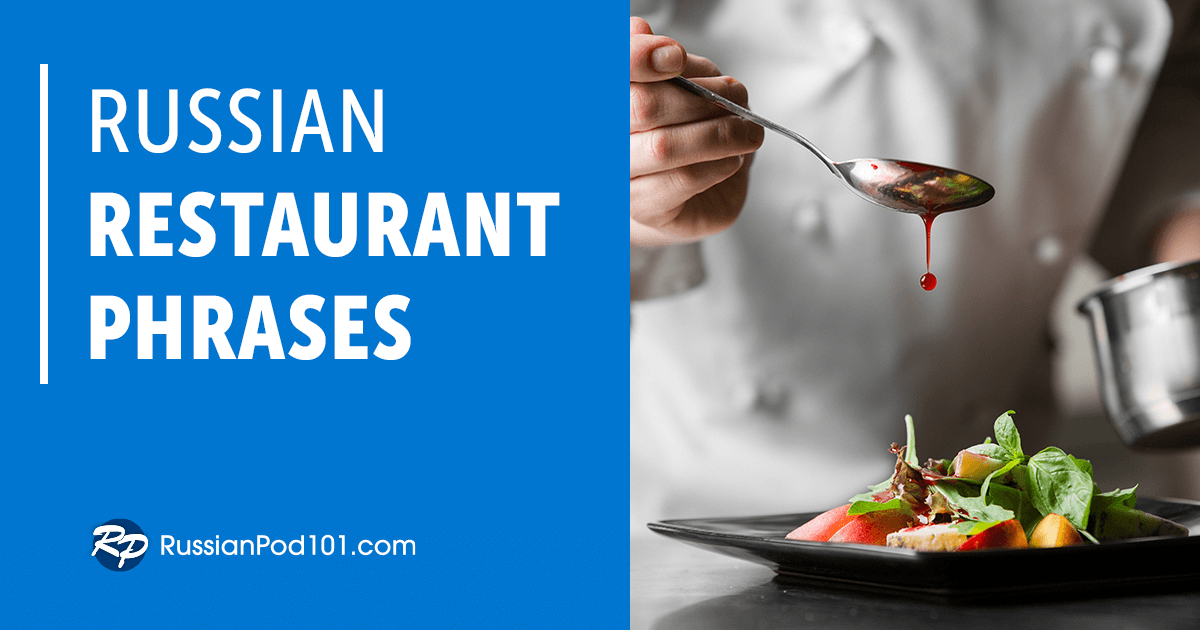
A visit to Russia presents a great opportunity to see some extraordinary wildlife! For example, the Russian taiga is home to such animals as boars, reindeer, moose, and even bears. Russians also love their pets—if you ever find yourself invited to a Russian’s home, don’t be surprised if you encounter a dog or cat during your stay.
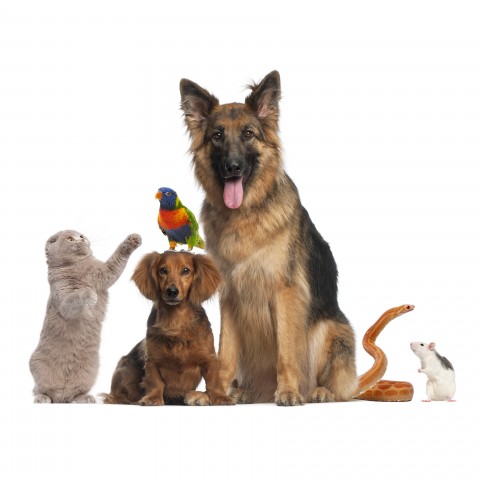
In this article, we’ll be taking a trip to the zoo to learn the names of different animals in Russian. While some of these animal names may sound familiar to you and prove easy to memorize, others will be more of a challenge. Make sure to keep an open mind while reading and to write down any unfamiliar animal names for future reference—you might already know the basics, like “cat” and “dog,” but I doubt you know the Russian word for “monkey”!
We will be covering the names of animals in a variety of categories:
- Pets
- Farm animals
- Wild animals
- Sea animals
- Bugs and insects
- Birds, reptiles & amphibians
In addition, we’ll teach you the sounds of animals in Russian according to our onomatopoeia, the names of animal body parts, and several expressions and idioms related to animals.
Before we continue, keep in mind that the Russian language has grammatical gender. This applies to animals, as well, so we’ve included the names for both male and female animals where applicable (sometimes, the name is the same regardless of the animal’s gender).
Let’s get started!
 Table of Contents
Table of Contents
- Pets
- Farm Animals
- Wild Animals
- Sea Animals
- Bugs and Insects
- Birds, Reptiles & Amphibians
- Animal Body Parts
- Animal Verbs
- Animal Sounds
- Animal-Related Idioms and Slang Expressions
- Conclusion
1. Pets
More than half of Russian families have pets. The most popular are cats, which comprise 54% of all pets. 38% of the pets in Russia are dogs, while 7% are farm animals (like rabbits). Only 3% are animals like hamsters, turtles, rats, mice, aquarium fish, and ornamental birds (parrots). Very few people here have exotic animals.
Interesting fact: Snails are probably the most exotic animal you’ll find kept as a pet in Russian homes. They have recently gained popularity, especially the giant African snail Achatina.
Now, here are the names of the most common Russian pets:
- Кошка (Koshka) / Кот (Kot) – “Cat (female)” / “Cat (male)”
- Собака (Sobaka) – “Dog”
- Хомяк (Khomyak) – “Hamster”
- Черепаха (Cherepakha) – “Turtle”
- Аквариумная рыбка (Akvariumnaya rybka) – “Aquarium fish”
- Улитка (Ulitka) – “Snail”
- Мышь (Mysh’) – “Mouse”
- Крыса (Krysa) – “Rat”
- Морская свинка (Morskaya svinka) – “Guinea pig”
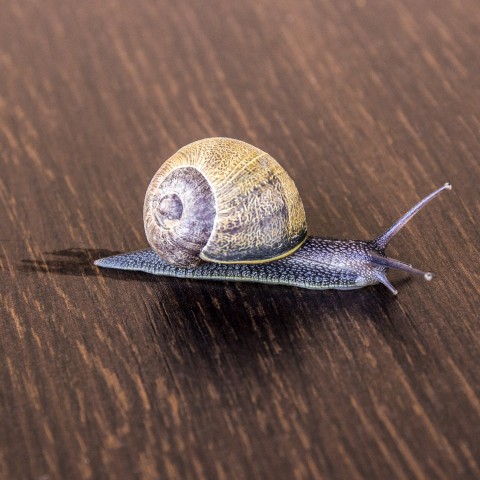
Snails are very therapeutic to watch and easy to take care of.
2. Farm Animals
Farming is quite popular in Russia nowadays. Townspeople began to master farming during the 2008 financial crisis; some lost their jobs and took up farming to support themselves, and others just wanted to do something different. Retired people often move to villages and keep poultry such as chickens, geese, and ducks. Rabbits are also quite popular in villages and on small farms. Of course, there are also large animal farms with livestock such as goats, sheep, pigs, horses, and cows.
One more exotic farm animal in Russia is the reindeer, which is most often bred for its meat and antlers. In some regions, farms have larger numbers of reindeer than sheep or horses.
The word for “farm” in Russian is:
- Ферма (Ferma) – “Farm”
And here’s a list of the most common farm animals in Russian:
- Курица (Kuritsa) – “Chicken”
- Петух (Petukh) – “Rooster”
- Цыплёнок (Tsyplyonok) – “Chick”
- Утка (Utka) – “Duck”
- Кролик (Krolik) – “Rabbit”
- Коза (Koza) – “Goat”
- Овца (Ovtsa) – “Sheep”
- Лошадь (Loshad’) – “Horse”
- Свинья (Svin’ya) – “Pig”
- Корова (Korova) – “Cow”
- Северный олень (Severnyy olen’) – “Reindeer”
3. Wild Animals
Most of the wild animals in Russia live in the taiga, the Arctic, and the Subarctic regions.
Common animals in Russian forests include chipmunks, hazel grouses, wolverines, sables, squirrels, and sika deer. Legendary predators include the Ussuri tiger, the leopard, and of course, the national animal of Russia—the bear. Wild ungulates are well spread throughout the territory of Russia: big boar, wild reindeer, graceful roe deer, large moose, and saiga.
Traditionally, Russian hunters favored fur-bearing animals such as sables, muskrats, minks, and foxes. The arctic fox is the primary species harvested for its fur.
Here are the names of popular wild animals in Russian:
- Бурундук (Burunduk) – “Chipmunk”
- Рябчик (Ryabchik) – “Hazel grouse”
- Росомаха (Rosomakha) – “Wolverine”
- Соболь (Sobol’) – “Sable”
- Белка (Belka) – “Squirrel”
- Олень (Olen’) – “Deer”
- Тигр (Tigr) – “Tiger”
- Леопард (Leopard) – “Leopard”
- Медведь (Medved’) – “Bear”
In ancient times, people would call certain animals by so-called euphemisms (substitute words). It was believed that calling a bear by its real name was seen as an invocation of the bear, which was obviously undesirable. So, Медведь (Medved’) literally means “honey-eater.” This beast has other euphemistic names, as well: Mishka, Potapych, Toptygin, and others.
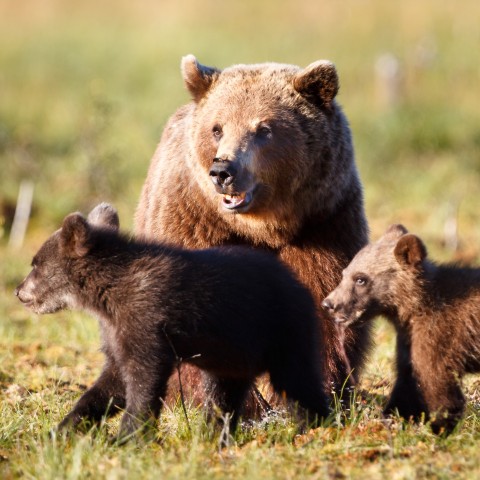
The bear is one of the most common symbols associated with Russia.
- Кабан (Kaban) – “Boar”
- Лось (Los’) – “Moose”
- Сайгак (Saygak) – “Saiga”
- Норка (Norka) – “Mink”
- Песец (Pesets) – “Arctic fox”
- Лиса (Lisa) – “Fox”
- Волк (Volk) – “Wolf”
- Манул (Manul) – “The Pallas’s cat, Manul”
The manul is a very expressive cat and the constant hero of Russian memes.
4. Sea Animals
In Russia, whose shores are washed by the waters of three oceans and thirteen seas, there are a lot of sea animals—many of which are rare species. Below, you’ll find the English and Russian names of the most common marine animals.
- Рыба (Ryba) – “Fish”
- Кит (Kit) – “Whale”
- Тюлень (Tyulen’) – “Seal”
- Морж (Morzh) – “Walrus”
- Морской котик (Morskoy kotik) – “Fur seal”
- Медуза (Meduza) – “Jellyfish”
- Бутылконос (Butylkonos) – “Bottlenose whale”
The bottlenose whale is quite a rare animal, found in the cold Barents Sea.
5. Bugs and Insects
There are also many types of bugs in Russia, most of which are active from April to May and hibernate during autumn. There are also a few dangerous bugs with toxic venom, which can be fatal under unfavorable conditions. Such venomous bugs include the Karakurt (black widow) spider in Southern Russia and the Asian hornet in the East. But actually, they’re quite rare, and most of the insects here are harmless.
- Пчела (Pchela) – “Bee”
- Комар (Komar) – “Mosquito”
- Муха (Mukha) – “Fly”
- Паук (Pauk) – “Spider”
- Бабочка (Babochka) – “Butterfly”
- Шершень (Shershenʹ) – “Hornet”
- Таракан (Tarakan) – “Cockroach”
- Муравей (Muravey) – “Ant”
- Мотылёк (Motylyok) – “Moth”
- Божья коровка (Bozh’ya korovka) – “Ladybug”
Literally, the term Божья коровка (Bozh’ya korovka) means “God’s little cow.” This name refers to the spots on its body, which are similar to the spots on certain cows. In addition, ladybugs can give milk—but rather than ordinary milk, it is red and poisonous!
But…why God’s?
Nobody knows exactly. But they fly in the sky, and in the past, superstitious people asked them to forecast the weather or predict the harvest.
6. Birds, Reptiles & Amphibians
There are about 804 bird species in Russia, and in the cities, you’ll likely see a lot of pigeons, chickadees, sparrows, wagtails, and bullfinches in the wintertime. Sometimes, you might even see a woodpecker or a crossbill. People feed birds (especially during the winter), and many Russians build feeders to help birds survive cold days.
- Голубь (Golub’) – “Pigeon”
- Синица (Sinitsa) – “Chickadee”
- Воробей (Vorobey) – “Sparrow”
- Трясогузка (Tryasoguzka) – “Wagtail”
- Снегирь (Snegir’) – “Bullfinch”
- Дятел (Dyatel) – “Woodpecker”
- Клёст (Klyost) – “Crossbill”
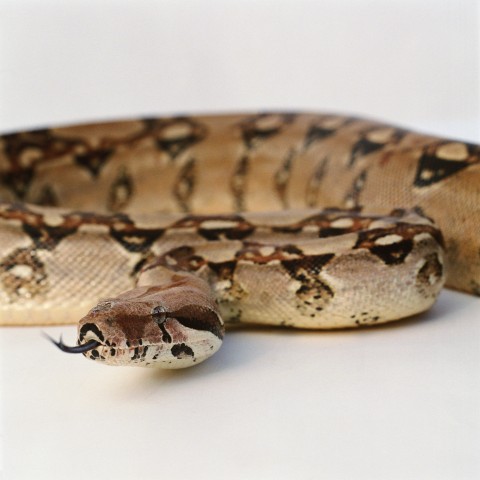
77 reptile species inhabit the territory of Russia. Luckily, only a few of them are venomous.
- Лягушка (Lyagushka) – “Frog”
- Змея (Zmeya) – “Snake”
- Жаба (Zhaba) – “Toad”
- Ящерица (Yashcheritsa) – “Lizard”
- Черепаха (Cherepakha) – “Turtle”
- Крокодил (Krokodil) – “Crocodile”
7. Animal Body Parts
Here are the names of basic animal body parts in Russian:
- Волосы (Volosy) – “Hair”
- Крыло (Krylo) – “Wing”
- Хвост (Khvost) – “Tail”
- Шерсть (Sherst’) – “Fur”
- Рог (Rog) – “Horn”
- Перо (Pero) – “Feather”
- Крыло (Krylo) – “Wing”
8. Animal Verbs
- Мяукать (Myaukat’) – “To meow”
- Лаять (Layatʹ) – “To bark”
- Рычать (Rychat’) – “To roar”
- Жужжать (Zhuzhzhat’) – “To buzz”
- Скакать (Skakat’) – “To gallop”
- Ползти (Polzti) – “To crawl”
- Кормить (Kormit’) – “To feed”
9. Animal Sounds
The interesting thing about animal sounds is that they vary from one language to another. For example, a child in the U.K. imitates a dog’s sound as “woof-woof,” while a Russian toddler is taught to imitate barking with gav-gav.
- Хрю-хрю (Khryu-khryu) – Pig
- Мяу-мяу (Myau-myau) – Cat
- Чик-чирик (Chik-chirik) – Bird
- Кря-кря (Krya-krya) – Duck
- И-го-го (I-go-go) – Horse
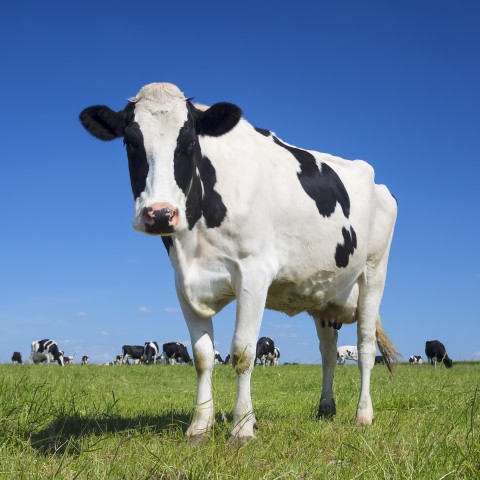
And what sound does a cow make in Russian? Correct: “moo.”
Curious how to pronounce some additional animal sounds and other words? Then you might enjoy reading the children’s poem Путаница (Putanica) by renowned Russian poet Kornej Chukovskij!
10. Animal-Related Idioms and Slang Expressions
Animals have always lived close to people. And in Russian speech, many idioms and slang expressions mention different characteristic features of some common animals in Russia in one way or another.
Денег куры не клюют. (Deneg kury ne klyuyut.)
Literal translation: Chickens do not peck money.
Meaning: to have lots of money
Съел собаку (S”yel sobaku)
Literal translation: to have eaten a dog
Meaning: to be an old hand at something
Тянуть кота за хвост (Tyanut’ kota za khvost)
Literal translation: to pull the cat by its tail
Meaning: to beat around the bush
Кошки скребут на душе. (Koshki skrebut na dushe.)
Literal translation: Cats are scratching on the soul.
Meaning: to feel sick at heart
Делать из мухи слона (Delat’ iz mukhi slona)
Literal translation: to make an elephant out of a fly
Meaning: to make something out of nothing
Хоть волком вой (Khot’ volkom voy)
Literal translation: to howl like a wolf
Meaning: to despair due to an inability to correct a bad situation
Чёрная кошка пробежала. (Chyornaya koshka probezhala.)
Literal translation: Black cat ran between people.
Meaning: This is what they say about people who have quarreled.
Надуться как мышь на крупу (Nadut’sya kak mysh’ na krupu)
Literal translation: pouted like a mouse about the grains
Meaning: to be offended or dissatisfied with something
На кривой козе не подъедешь. (Na krivoy koze ne pod”yedesh’.)
Literal translation: You can’t drive up on a crooked goat to a person.
Meaning: Russians say this about people who are difficult to find an approach to. In the old days, one-eyed animals were called crooked. In particular, goats with only one eye lose the ability to move straight.
На птичьих правах (Na ptich’ikh pravakh)
Literal translation: bird rights
Meaning: without a legal basis; unofficially
Ежу понятно. (Yezhu ponyatno.)
Literal translation: Even a hedgehog understands.
Meaning: We say this about something that is obvious.
11. Conclusion
In this article, you learned the names of several different animals in the Russian language. If you would like to hear a recording of their pronunciation, make sure to visit our vocabulary list Animal Names!
Once you’ve mastered this key topic, you’ll be able to enjoy a greater range of conversations with native Russian speakers during your visit. Russians love their pets, and many of us live in the countryside where we raise farm animals. What better way to begin a casual chat than by asking someone about their favorite furry friends?
To continue learning about the Russian language and culture, create your free lifetime account on RussianPod101.com today! We offer a range of themed vocabulary lists, audio and video lessons, and other free resources (such as this English-Russian dictionary). If you sign up for a Premium PLUS account, you’ll also get access to our MyTeacher service; your personal Russian tutor will help you learn faster and smarter through personalized exercises and more.
Before you go: What’s your favorite pet? Do you know its name in Russian? Please let us know in the comments!








